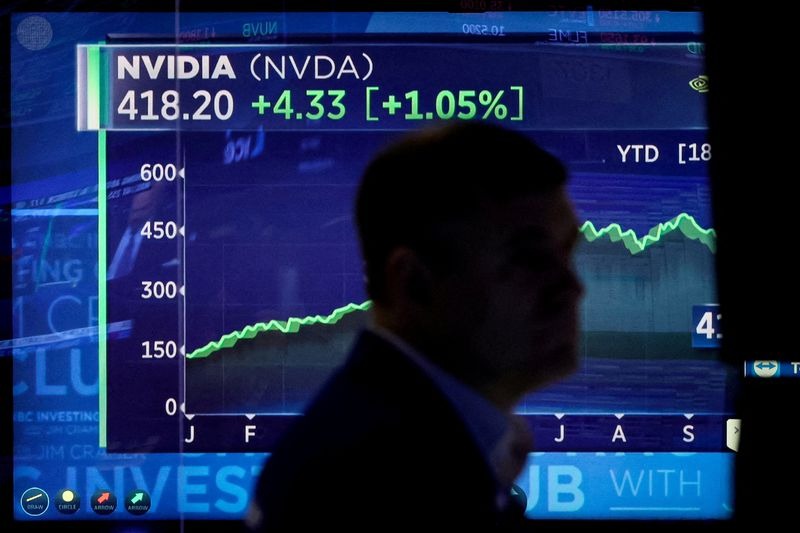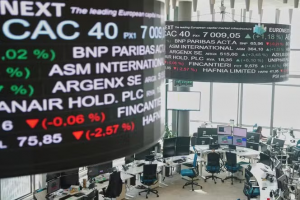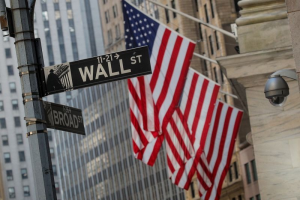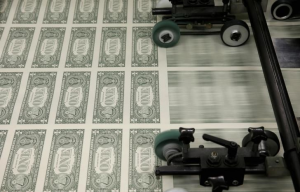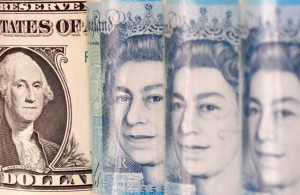Donald Trump's victory in the U.S. presidential election in November had an immediate impact on financial markets. Stocks surged, the U.S. dollar strengthened, and Bitcoin recorded unprecedented gains.
However, just two months later, as the Republican president prepared to assume office, some of these gains held steady while others faded.
Stocks
The first signs of a pullback appeared in the stock market as the S&P 500 lost a significant portion of what had been dubbed the "Trump trade" gains. This was due to investors questioning the feasibility of the Federal Reserve’s anticipated rate cuts and the new administration’s impact on stock prices.
At the same time, the U.S. Treasury yield curve saw a notable increase since late November, with the gap between short- and long-term yields narrowing. Meanwhile, the U.S. dollar and Bitcoin managed to retain their gains.
Risks and Challenges
The real test for these market trends began as Trump neared his inauguration. Tariffs were one of the most concerning risks, with analysts fearing that the administration's policies might lead to prolonged and more complex trade wars compared to his first term. Tighter immigration restrictions also alarmed Wall Street experts, who worried about their potential impact on the U.S. economy. Simultaneously, geopolitical tensions escalated, especially as Trump targeted traditional U.S. allies such as Canada, Mexico, and Europe.
Andrew Hollenhorst, Chief U.S. Economist at Citigroup, stated during a 2025 outlook call: "Projections are nothing more than calculated guesses, but we must assume these policies will shape the economic landscape."
Market Movements
Cryptocurrency-linked stocks were among the few assets that retained their gains, while traditional equities experienced significant declines. Tesla (NASDAQ: TSLA) shares rose by 70% since the election, despite Trump’s skepticism about electric vehicles. This was attributed to Elon Musk's close ties with the new administration and his support for fully autonomous cars.
Bank stocks initially thrived on Trump's promises to ease regulatory restrictions on lenders, with the KBW Bank Index rising nearly 14% between November 5 and November 25. However, this momentum later faded, with the index dropping 1.8% by the end of the week.
Currencies
On the currency front, the U.S. dollar experienced significant gains, driven by expectations of more expansionary fiscal policies and higher tariffs. The Bloomberg Dollar Index rose by 5% in the ten weeks following Election Day, mirroring its performance after Trump’s 2016 victory. Emerging market currencies generally declined, with the MSCI Emerging Markets Currency Index dropping 2.2% since the election. The Mexican peso, the most affected by negative expectations, fell 3.4% against the dollar.
In China, the yuan declined more than 3% against the dollar since November 5, due to concerns over tariffs and the widening gap between U.S. and Chinese bond yields. The People's Bank of China intervened with various tools to support the currency, easing pressure on the yuan.
Cryptocurrencies
Trump's victory in November's U.S. presidential election triggered a broad rally in cryptocurrency markets, with Bitcoin reaching unprecedented levels. Two months later, as Trump’s return to the White House loomed, Bitcoin surged again, hitting a new record high in the early hours of Monday trading.
Bitcoin (BTC) reached a new all-time high, surpassing $109,000 during Asian trading hours on Monday, ahead of Trump’s inauguration ceremony scheduled later that day.
Bitcoin rebounded from earlier losses, recovering from about $100,000 after dipping below $102,000 on Sunday. This drop followed the launch of a satirical cryptocurrency by First Lady Melania Trump, which diverted liquidity away from major assets.
Trump’s campaign strongly endorsed cryptocurrencies, pledging to make the U.S. the global crypto capital and announcing plans to create a strategic national Bitcoin reserve, fueling investor enthusiasm.
Bitcoin, the largest cryptocurrency, reached $109,333 on Binance, spurred by Trump’s shift in stance. Once a critic of cryptocurrencies, he now emerged as a leading advocate for the sector.
Bonds and Interest Rates
Trump’s victory was expected to steepen the bond yield curve due to inflationary policies and pressure on long-term debt. This expectation materialized as the gap between 10-year and 2-year Treasury yields widened to about 34 basis points, the highest since early 2022.
Neil Sutherland, Portfolio Manager at Schroders Investment Management, said: "Despite the Federal Reserve cutting interest rates by 100 basis points, long-term yields continued to rise, reflecting rapid market changes."
Uncertainty Ahead
Currently, uncertainty prevails, with mixed expectations regarding short-term interest rates. Recent U.S. economic data presented conflicting signals, adding to the unclear economic outlook.
As Donald Trump prepares to assume office, the impact of his policies on markets remains highly anticipated. The performance of various assets highlights that markets are still oscillating between optimism and caution, with further volatility expected amid upcoming policy shifts.

